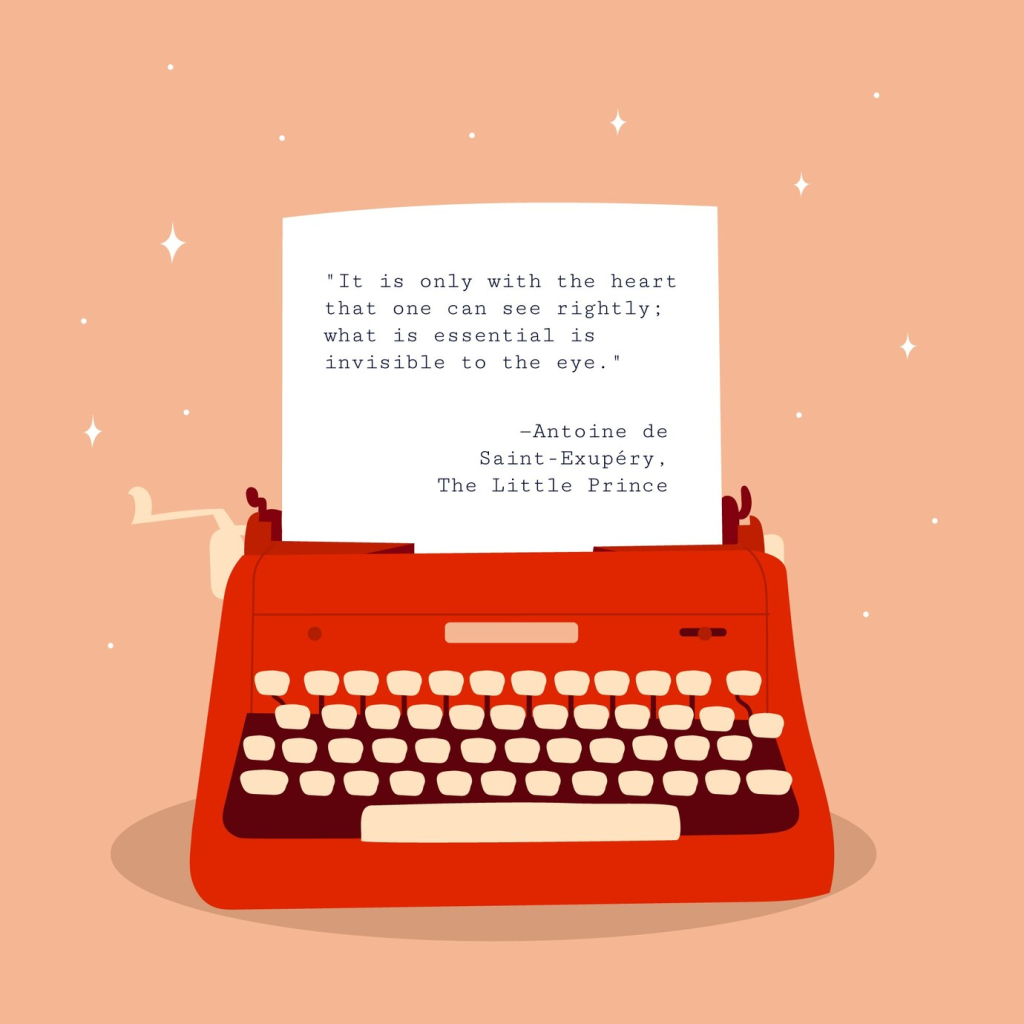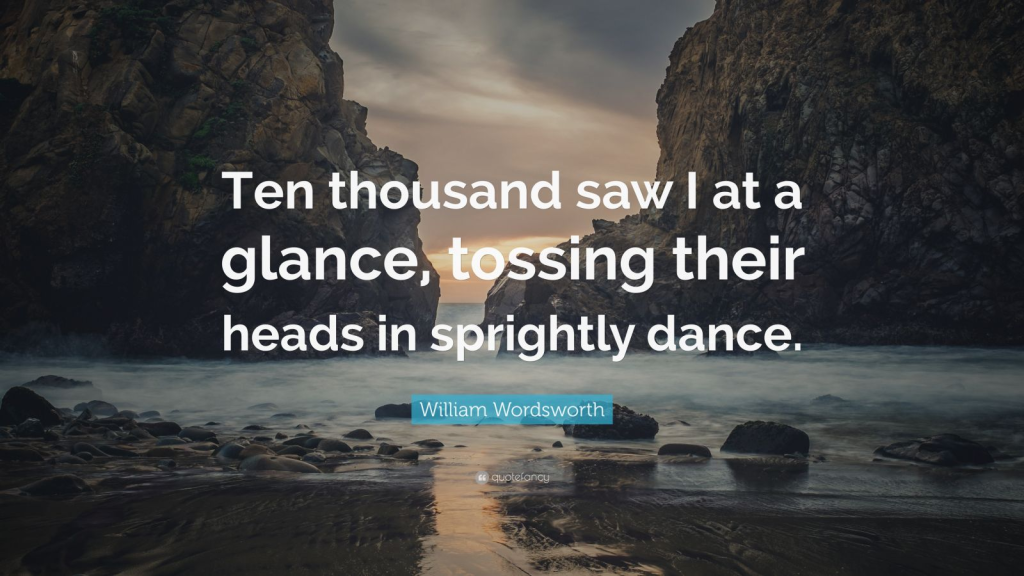Are your characters feeling a bit lifeless? Is your setting lacking that spark of magic? It’s time to embrace the art of personification. In this blog post, we’ll dive into example of personification in literature, providing you with inspiration and practical tips to transform your writing. Let’s elevate your storytelling as we discover how giving human qualities to the non-human can breathe new life into your creative work.
Table of Contents

What Is Personification?
Personification is a literary device in which non-human entities, objects, or abstract concepts are given human qualities, characteristics, or traits. This technique involves attributing human attributes, emotions, or actions to things that are not human, creating a more vivid and relatable image in the reader’s mind.
By personifying elements of nature, animals, or even inanimate objects, writers can enhance the emotional impact of their writing and make abstract concepts easier to understand. It adds a layer of depth and engagement to the text, allowing readers to connect with and understand the non-human elements on a more human level.
Related:
- Examples of Narrative Techniques
- Example of Argumentative Writing Techniques
- Listing Technique in Writing Examples
Example Of Personification In Literature
Basic Example Of Personification In Literature
Here are basic examples of personification in literature:
- “The Stars Danced in the Night Sky” – Personifying the stars by saying they “danced” gives them a human-like quality.
- “The Sun Smiled Down on the Earth” – Describing the sun as “smiling” humanizes it, attributing a cheerful emotion to a non-human element.
- “The Angry Ocean Waves Crashed Against the Shore” – The ocean waves are personified as being “angry” and “crashing,” suggesting human-like emotions and actions.
- “The Flowers Nodded in the Breeze” – By saying the flowers “nodded,” the author gives them a human-like action.
- “Time Crept Slowly as We Waited” – Time is personified as if it can “creep,” attributing a human characteristic to an abstract concept.
- “The Old House Groaned in the Wind” – The house is personified with the ability to “groan,” implying it has human-like sounds.
- “The Pen Leapt Across the Page” – Giving the pen the action of “leaping” personifies it, making it seem more alive and active.
- “The Moon Hid Behind the Clouds, Shy and Timid” – Describing the moon as “shy and timid” gives it human-like qualities, as if it has emotions.
- “The Mountains Stood Tall and Proud” – Personifying the mountains by saying they “stood tall and proud” attributes human-like qualities of strength and dignity to them.

- “The Autumn Leaves Whispered in the Wind” – The leaves are personified as if they can “whisper,” attributing them with a human-like ability to communicate.
- “The Thunder Grumbled in the Distance” – Describing the thunder as “grumbling” gives it a human-like quality, as if it is expressing discontent.
- “The Book Called Out to Me from the Shelf” – By saying the book “called out,” the author gives it a human-like action of reaching out or attracting attention.
- “The Shadows Crept Across the Room as the Sun Set” – Shadows are personified with the ability to “creep,” suggesting a slow and deliberate movement.
- “The Car Engine Roared to Life” – Personifying the car engine with the action of “roaring” makes it seem powerful and alive.
- “The Clock Tick-Tocked the Hours Away” – The clock is personified with the onomatopoeic action of “tick-tocking,” as if it has a rhythm of its own.
- “The Storm Clouds Brooded Over the Horizon” – Describing the storm clouds as “brooding” attributes them with a human-like quality of deep thought or contemplation.
- “The Mirror Reflecting the Sadness in Her Eyes” – The mirror is personified as if it can “reflect” emotions, giving it a human-like capacity to show feelings.
- “The River Laughed as it Tumbled Over the Rocks” – Personifying the river with the action of “laughing” gives it a lively and joyful quality.
Poetry Example Of Personification In Literature
Here are famous examples of personification in poetry:
“The Highwayman” by Alfred Noyes:
- “The wind was a torrent of darkness among the gusty trees.”
Example Of Personification In Literature. In this line, the wind is personified as if it can be a torrent and move among the trees.
“I Wandered Lonely as a Cloud” by William Wordsworth:
- “Ten thousand saw I at a glance, tossing their heads in sprightly dance.”
Example Of Personification In Literature – Wordsworth personifies daffodils by suggesting they are tossing their heads in a dance.

“The Raven” by Edgar Allan Poe
- “And the silken, sad, uncertain rustling of each purple curtain.”
Here, the curtains are personified with the ability to rustle in a way that conveys emotion.
“Ode to the West Wind” by Percy Bysshe Shelley:
- “Make me thy Lyre, even as the forests are.”
The wind is personified as if it can make the speaker its lyre, an instrument.
“To Autumn” by John Keats:
- “Conspiring with him how to load and bless with fruit the vines that round the thatch-eves run.”
Example Of Personification In Literature – Autumn is personified as if it can conspire with the sun to bless the vines with fruit.
“Because I could not stop for Death” by Emily Dickinson:
- “Because I could not stop for Death – He kindly stopped for me.”
Example Of Personification In Literature – Death is personified as if it can be kind and stop for the speaker.
“The Waste Land” by T.S. Eliot:
- “April is the cruellest month, breeding Lilacs out of the dead land.”
April is personified as if it can breed lilacs.

Conclusion
Exploring examples of personification in literature adds a magical touch to storytelling. By giving human qualities to non-human things, authors breathe life into their words, making stories more vibrant and relatable. So, whether it’s a poem, a story, or everyday language, personification continues to be a versatile and enchanting tool that writers use to make their narratives come alive.
Ref: PrepScholar | Studiobinder


